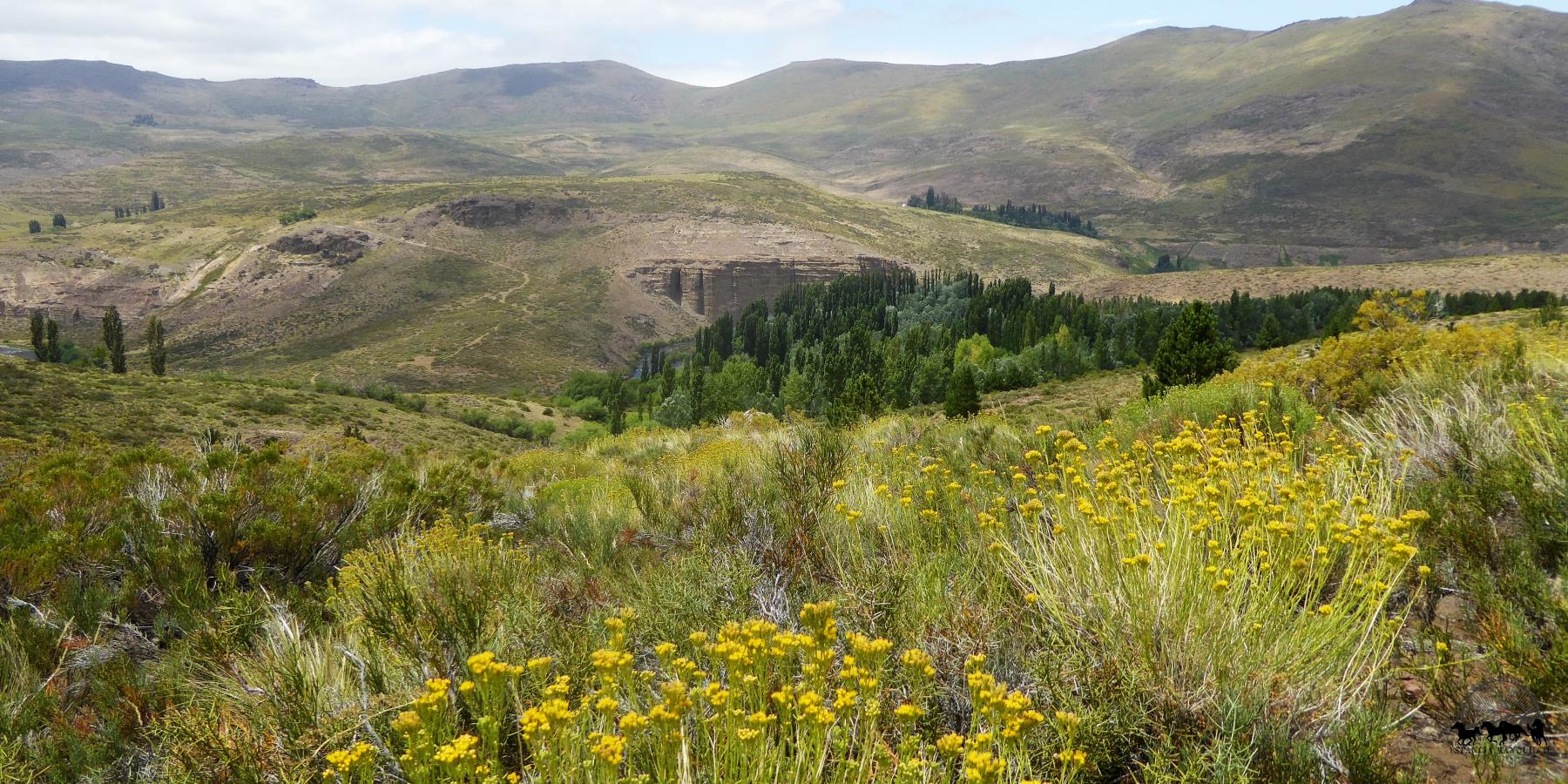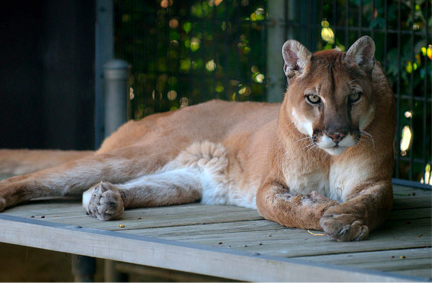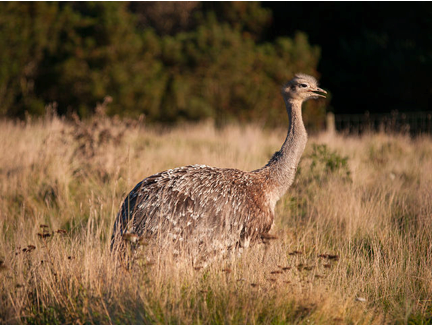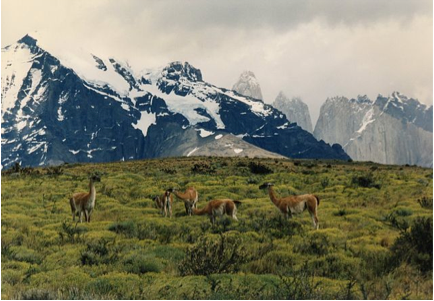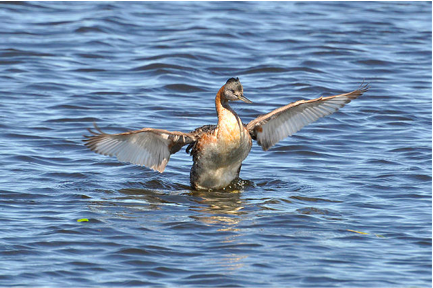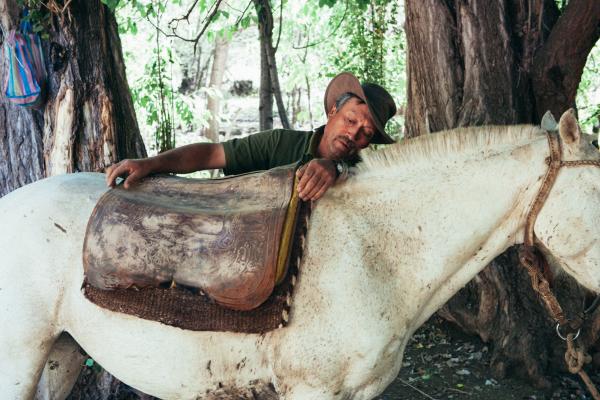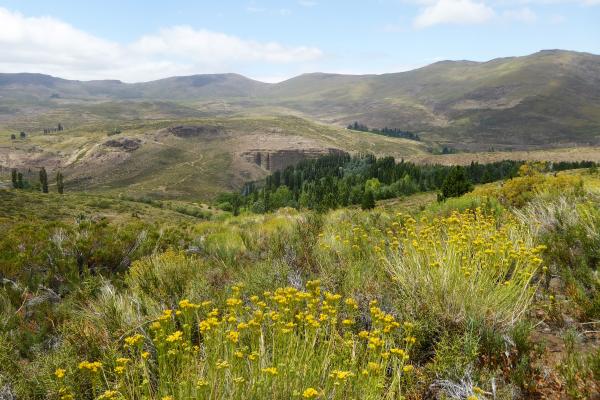Visitors to Estancia Ranquilco get a once in a lifetime chance to see the Argentinian regions of Patagonia how it was meant to be seen: in person. Our Argentina horseback tours give travelers a chance to see the world famous Cordillera up close and experience its grand mountains, majestic rivers, and open grasslands firsthand, taking in the unspoiled wonder of the South America's most beautiful landscape.
In addition to giving travellers a chance to see the land itself, our horse packing trips also often encounter some of Patagonia's wild animals. The area is home to hundreds of species of animals, including birds, fish, mammals, and amphibians, some of which can't be found anywhere else in the world.
A Natural History of Patagonia
The region of Argentina where the Estancia is located is home to over 500 species of animals, including 400 hundred types of birds alone. In previous times, the region was filed with tigers, aguara-guazu foxes, and pampas deer, but those animals have all sibce migrated north in order to escape the human presence in the area. Many of Patagonia's species, such as the local species of puma, have at one time or another been threatened by development, hunting, and other human activities. But thanks to the intervention of conservationists and government officials, many of the area's endangered animals are now protected by law, giving their numbers a chance to rebound.
Below, you'll find a list of some of the interesting animals found in the areas around the Estancia. If you're lucky, you might get to see a few of them during your stay.
ANDEAN PUMA
Pumas, otherwise known as mountain lions or cougars, are one of the most wide-ranging types of animals in the western hemisphere. Outside of the short periods of time they spend together while mating, pumas are solitary creatures that are usually found alone. Puma's are rarely active during the day, and are most commonly seen at dusk and dawn, when they emerge from their dens to hunt. If you do see one on your trip, remember to admire it from afar. Puma's are hunters and
RHEA
Of the many birds that live in the region, the Lesser Rhea (also known as Darwin's Rhea) is the largest. Rhea look very similar to ostriches, and like ostriches, rheas are capable of running at very high speeds, allowing them to outrun most predators. When a rhea isn't able to outrun another animal that wants to do it harm, it will use its sharp talons to defend itself.
GUANACO
Guanacos are descended from llamas, and are found all throughout the Andes region of South America. Unlike llamas, guanaco do not have much variety in the color of their fur, appearing only in variations of brown. While some guanaco are domesticated and privately owned, most of them are still wild, traveling in small herds that usually contain no more than 10 adults (with one dominant male acting as the leader). The guanaco is one of the largest mammals found in South America, and is able to survive in climates ranging from the barren Atacama Desert to mountain ranges reaching over 13,000 feet high.
GREAT GREBE
The great grebe is another of the region's many birds. While most grebe birds are fairly small, the Great Grebe is considerably larger, reaching the same sizes as geese and cormorants. Grebe are usually found near open bays connected to the ocean, but they move inland during mating season, looking for smaller estuaries and slow-moving waterways to build their nests.
These are only some of the animals that might be seen on one of our horse riding trips or around the Estancia. If you're interested in seeing more of our corner of Argentina's unique wildlife, contact us today to schedule a visit to Estancia Ranquilco.

